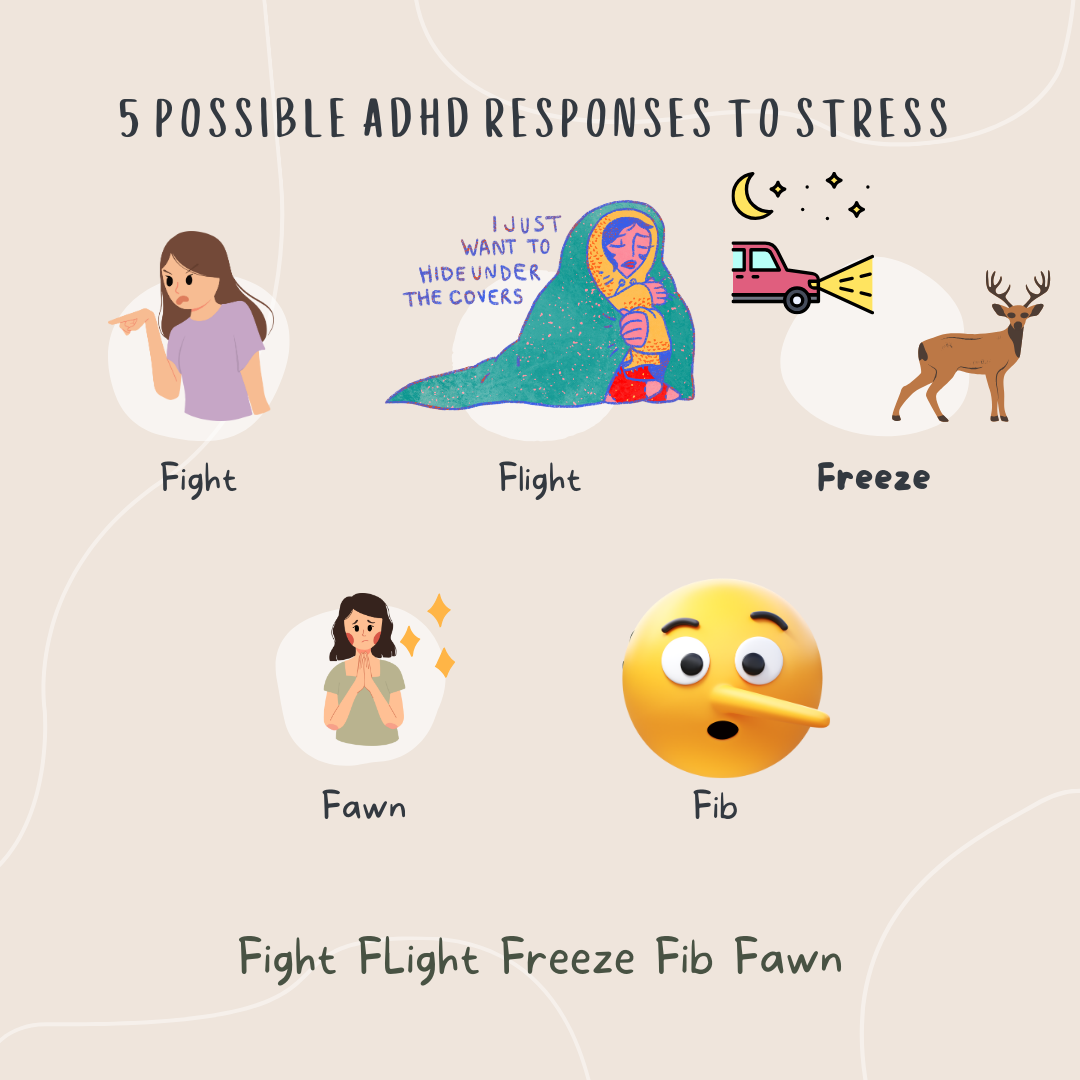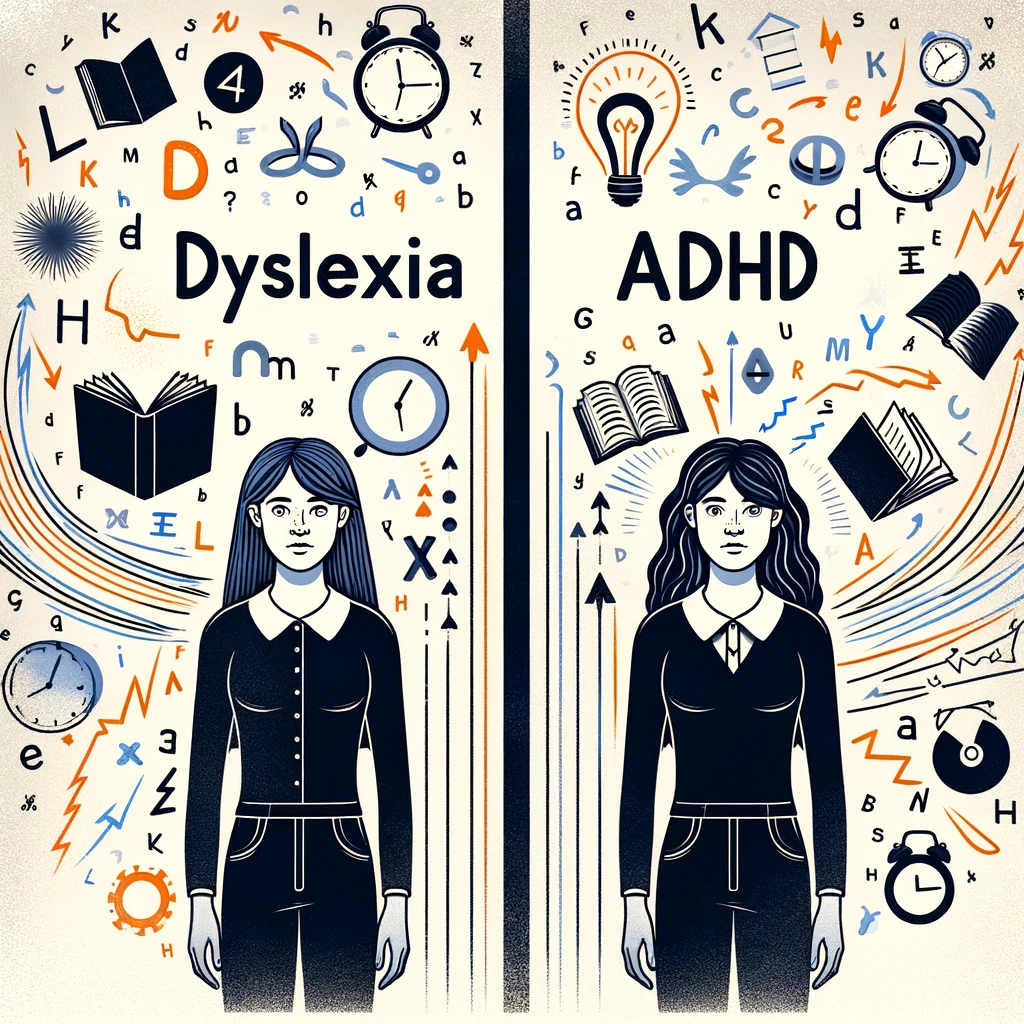
Understanding ADHD in Girls: A Comprehensive Guide

Recognizing and Supporting ADHD in Girls 🌟
Attention-Deficit/Hyperactivity Disorder (ADHD) is often associated with boys, leading to the oversight of ADHD in girls. This misconception perpetuates harmful stereotypes and delays crucial support. This guide aims to shed light on girls, explore the differences from boys, and provide insights into recognizing, supporting, and helping ADHD girls.
The Unique Presentation of ADHD in Girls
ADHD in girls is often subtle and easily overlooked. Here's why:
- Less Hyperactive/Impulsive: Girls tend to exhibit less hyperactivity and impulsivity than boys.
- Inattentive Symptoms: Girls show more inattentive symptoms, mistaken for shyness or daydreaming.
Common Symptoms:
- Difficulty maintaining focus
- Easily distracted
- Forgetfulness in daily activities
- Tendency to get lost in thoughts
Unlike boys, whose ADHD symptoms might include more disruptive behaviors, girls' symptoms are less likely to draw attention, leading to underdiagnosis or misdiagnosis and the accumulation of masking and compensatory behaviors to help themselves because they feel confused and alone.
Recognizing ADHD in Girls
Educators and parents should be mindful of signs such as:
- Difficulty in organizing tasks
- Avoidance of tasks requiring sustained mental effort
- Seeming not to listen when spoken to directly
- Frequent daydreaming
- Easily distracted by extraneous stimuli
- Perfectionism
- These symptoms can often be misinterpreted as a lack of interest or motivation, rather than indicators of ADHD.
As girls get older, they may struggle with:
- Substance abuse
- Cutting
- Sexual acting out behaviors
or
- Bouts of depression and anxiety
Supporting Girls with ADHD
Support for girls with ADHD involves early detection, understanding, and tailored interventions. Here are some ways to support them:
- Early Detection and Diagnosis: Timely recognition of ADHD symptoms can lead to early intervention, crucial for academic and social development.
- Educational Support: Adjustments in teaching methods and classroom accommodations can help girls thrive academically. This might include:
- Providing written instructions
- Breaking tasks into smaller steps
- Allowing for movement breaks
- Emotional and Social Support: Girls with ADHD may struggle with low self-esteem and social challenges. Providing a supportive environment that fosters self-confidence and social skills is essential. They may also need help with anxiety and finding peer groups that accept them.
- Focus on their strengths: It's essential to help them and what they can do without making them feel less worthy or deficient.
- Parental and Caregiver Education: Educating parents and caregivers about the unique challenges faced by girls with ADHD can empower them to provide better support at home.
Differences Between Boys and Girls with ADHD
The primary difference lies in the nature and visibility of their symptoms:
- Boys: More likely to display hyperactive and impulsive behaviors, making their condition more noticeable.
- Girls: Tend to exhibit inattentive symptoms, which are less disruptive and, therefore, less likely to be recognized.
This difference in symptom presentation contributes to the underdiagnosis and misdiagnosis of ADHD in girls.
Special Research on ADHD in Girls: Stephen Hinshaw
Stephen Hinshaw is a clinical psychologist known for his work in understanding and treating ADHD. His research highlights several risks associated with ADHD in girls:
- Under-identification and Misdiagnosis: Girls are often under-identified and misdiagnosed due to different symptom presentations.
- Internalizing Symptoms: ADHD in girls is more likely to manifest as internalizing symptoms, such as anxiety and depression.
- Academic and Social Difficulties: Girls may struggle with organization, time management, and maintaining focus, leading to academic underachievement and social challenges.
- Risk of Substance Abuse: Girls with ADHD are at an increased risk of developing substance abuse and eating disorders.
- Emotional Dysregulation: They often struggle with mood swings, irritability, and difficulties coping with stress.
- Low Self-esteem: Due to their challenges, girls with ADHD are at risk of developing low self-esteem and negative self-perceptions.
Understanding how ADHD looks in girls is essential for early detection, appropriate intervention, and support. By acknowledging these differences and implementing strategies tailored to their needs, we can ensure that girls receive the help they need to navigate school life successfully and thrive in their personal development. Let's continue to raise awareness and break down the stereotypes that hinder their path to timely diagnosis and support.



